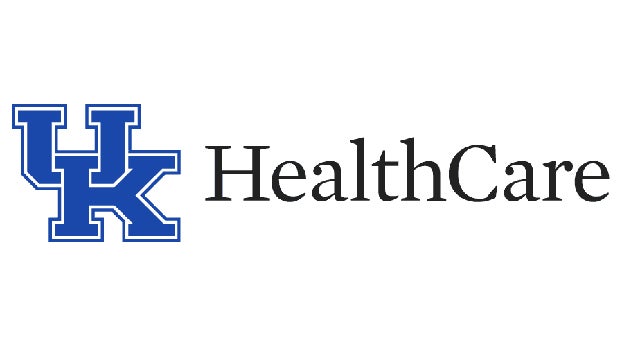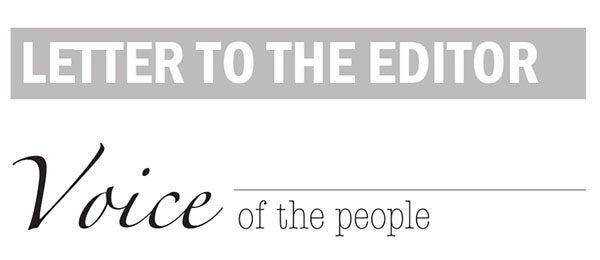More information needed to solve Wilderness Trace situation
Published 6:56 pm Friday, February 28, 2020
By ELAINE WILSON-REDDY
Contributing columnist
The Danville Schools Board of Education has a Solomon-like decision on their hands as they look at their new budget. The board needs to cut $900,00 from the school system budget in order for it to balance. For a system the size of Danville, this is no small task. No matter the outcome, there will be long-term consequences.
As one of the options to balance the upcoming budget, the Danville school board has proposed ending its memorandum of agreement with the Wilderness Trace Child Development Center (WTCDC).
WTCDC serves special needs children from area school districts. Has there been a conversation between the center and the other districts concerning this proposal? Are any of those districts willing to take over from Danville? If so, what is stopping the WTCDC team from pursuing an agreement with another district in order to continue services? If the other districts have been approached and declined to take on the responsibility, one must ask why?
Out of curiosity, I’d like to know how many children from area districts are served at the WTCDC. Does each district contribute to the operations of the center based on the number of students served from that district? Does Danville or the center carry the full weight of this financial responsibility? How much does the center net from its fund raisers and programs? Does it function consistently in the black?
In an Advocate-Messenger article dated February 27, 2020, Danville school board chairman, Steve Becker, stated that he had submitted an open records request to see the financial statements and audits from the WTCDC for the past five years but had not received them as of the special called meeting which was February 26.
With Danville being the financial agent for the center, it would seem that part of the agreement would be for the center to submit at least quarterly financials, including bank statements. If the school system would be “on the hook” for center liabilities, as Becker was quoted, the school system should have its finger on the financial pulse of the center at all times. Additionally, submission and review of the center’s yearly audits should be standard operating procedure.
One of the sticking points is that the school board advances the salaries of several WTCDC teachers, to be reimbursed twice a year through a grant the center receives. This payment is to be made within 30 days after WTCDC gets an invoice from the school district. The center’s board chair, Mary Covell, stated that the center has had to request at least one 60-day extension to make that payment.
This has a couple of serious implications. The most obvious is that Danville schools had to operate for 90 days without those funds. How did the district make up for that temporary loss? I’m guessing funds from the cash reserve were used. This is not an insignificant issue as it affects all Danville students, not just those who attend the center.
Additionally, what happened at the center that required them to ask for an extension? Was there a one-time emergency that required those funds to be used? Does the center not have enough revenue to prevent this from happening? Is this the only time payment wasn’t made within the required 30 days?
To answer some of my questions, I logged onto Guidestar.org. It’s a free website where public information can be researched concerning IRS 501(c)(3), non-profit organizations. WTCDC has the same IRS status as the Great American Brass Band Festival, the Salvation Army, Ephraim McDowell Regional Medical Center, and the Kentucky State Barbeque Festival. As such, their IRS Form 990s are public information.
The most recent filing for the center is its 2018 Form 990 which reports for fiscal year 2017, in line with non-profit filing. According the 2017 Form 990, center expenses exceeded revenue by 47%. Expenses from 2016 to 2017 increased 8% but income from 2016 to 2017 decreased 30%. Since this is the most current information at three-years old, things could have changed for the better. Maybe the school board will share what they learn when they receive the requested information.
The center enjoys immense support from its community. The Danville school board is required to do what is best for the students in the school district. I hope there is a decision that can be made so both groups benefit.
“Inclusion is not simply about physical proximity. It is about intentionally planning for the success of all students.” — National Inclusion Project





